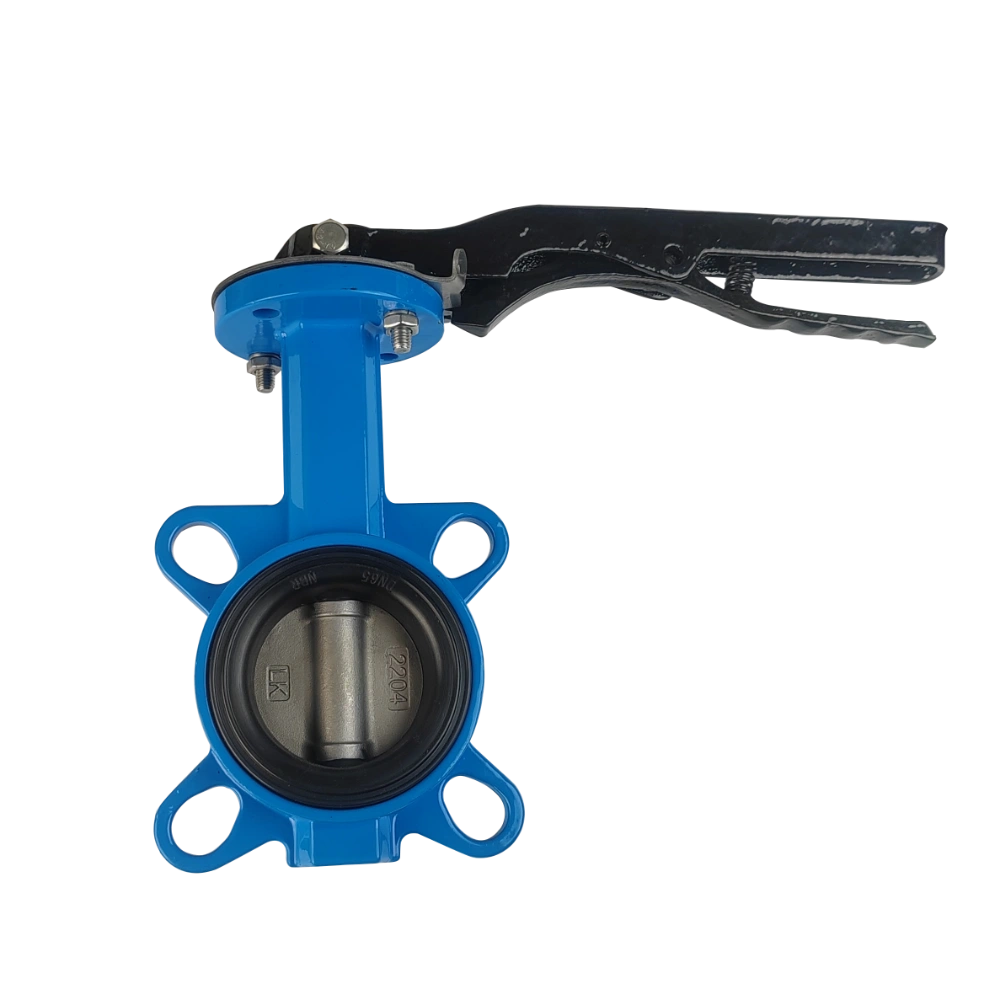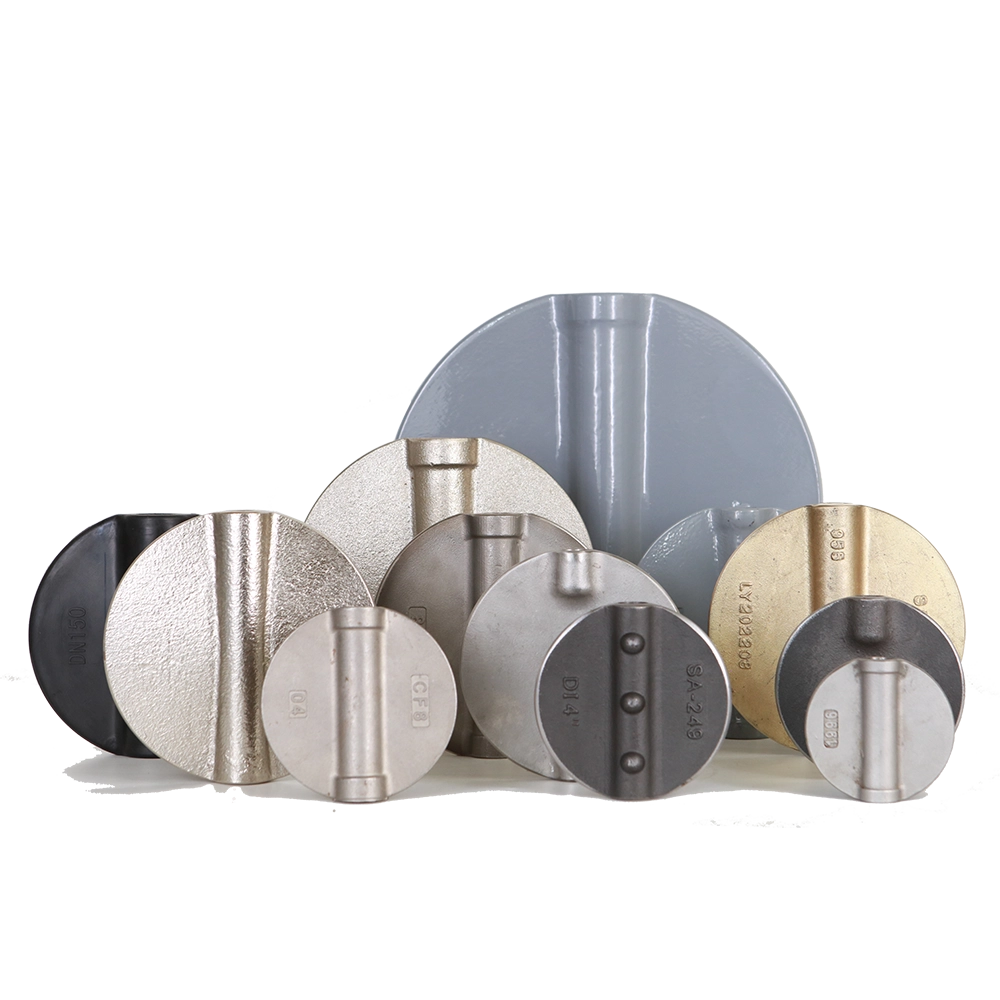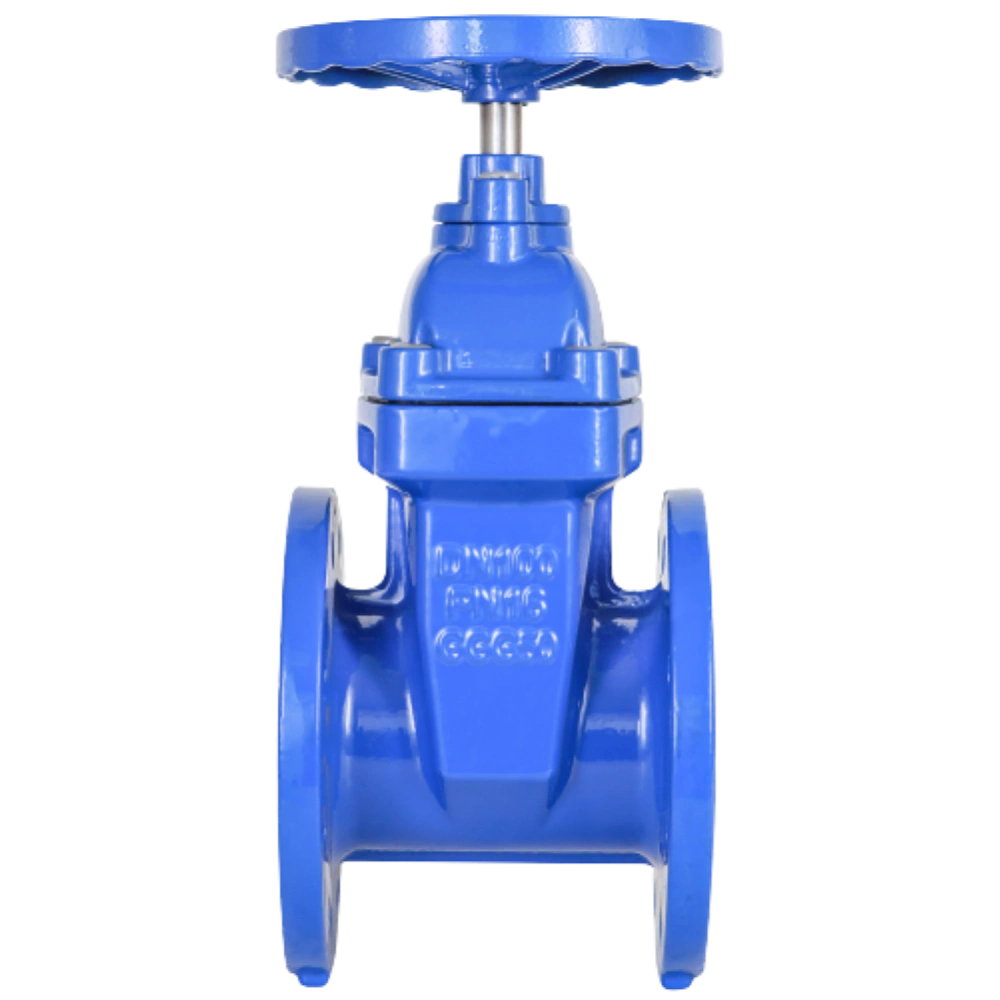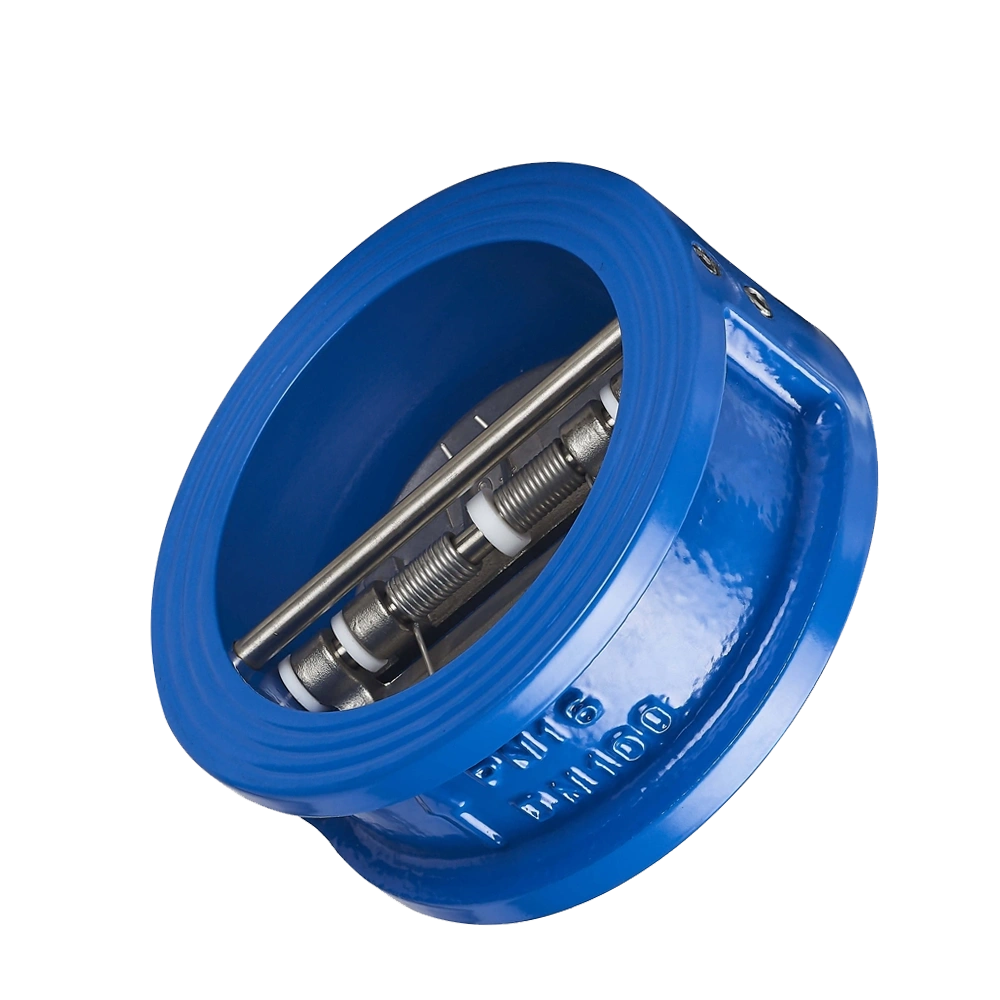Valves are essential to the industrial sector. They provide key components that regulate the passage of substances and gases in various systems. Valve manufacturing is a complex process. Expertise is required to produce reliable, efficient, high-quality valves. This blog explores the complete process of industrial valve manufacturing.
Gate, globe, ball, butterfly, and check valves are among the most encountered industrial valves. The valve manufacturing process begins after the completed design and comprises many phases. It includes material procurement, forging and casting, machining, heat treatment, assembly, surface treatment, testing, and packaging.
Order and Design
For durability, efficiency, and efficacy, industrial valves depend on their design and construction. Valve designs are determined by operational requirements, fluid properties, accessories, and specific applications. The manufacturer determines the valve design based on the customer’s specific needs. After the customer approves, the order begins.
Inventory
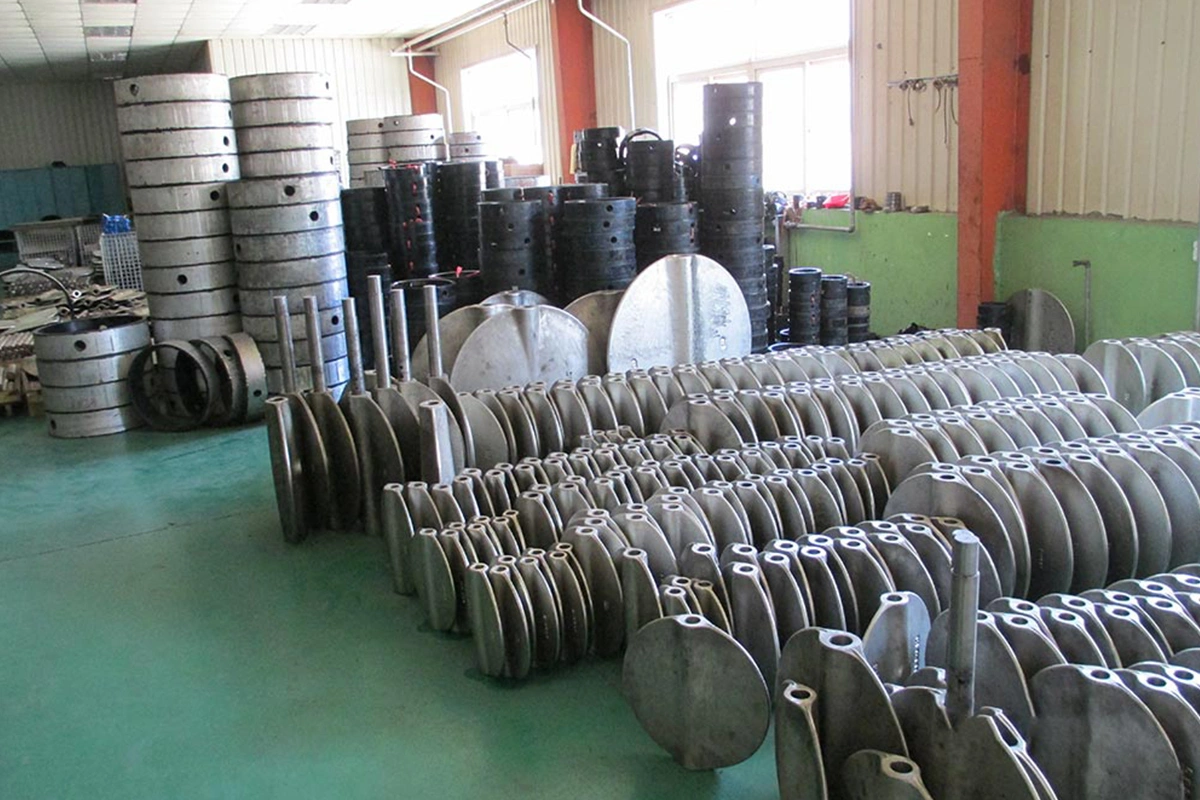
The manufacturing department searches for the stem, body, and bonnet materials. If there is insufficient material, the necessary materials are obtained from suppliers.
Completing the Checklist
Upon completion of the materials, the manufacturing team checks the inventory to confirm that all items are present. The materials undergo an inspection by the quality assurance team. This ensures that the basic materials are of excellent quality.
Process of Production
This includes most of the activities related to the industrial valve process fabrication. Each of the main components is manufactured. A checklist specifies the spare parts’ names and the appropriate material for each. At this point, the team leader provides a manufacturing process timeline. It gives details from the start of the operation to the completion date.
The two most prevalent methods of valve manufacturing are detailed below.
1. Casting Method
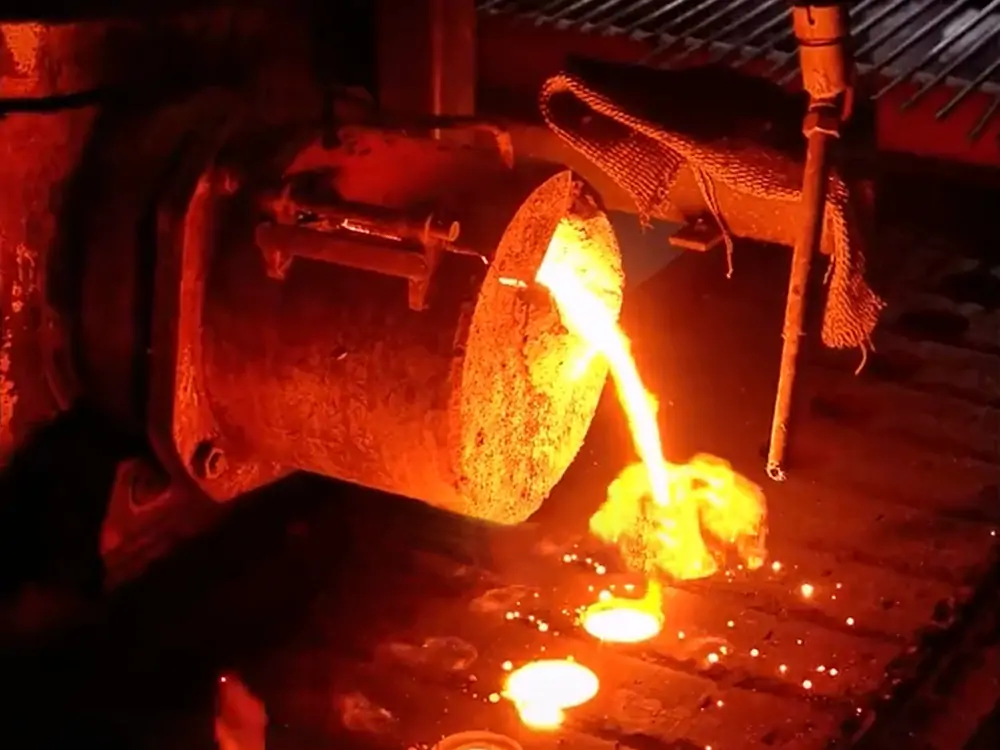
Often, valve manufacturers favor the casting method. It enables the making of complex shapes and designs. The process consists of a series of steps:
- Preparation of the mold or core
- Melting of metal
- Pouring of molten metal into the mold
- Solidification of the metal
- Removal of the cast component from the mold
- Surface finishing and refining of the component
Consider the process below to summarize the cast method. Remember that this is not the entire process.
-
Body
Preliminary cleaning of pre-shaped material. Following cleansing, start the turning process. Additional material is eliminated through machining when using a lathe or turning. Attaching the pre-shaped body and amount to the turning machine is the critical step in the process.
This machine rotates rapidly. As the body rotates, a single-point cutter precisely cuts it into the desired shape. Turning can also make holes and grooves.
Add a Plating Metal: The next phase involves applying a copper plating metal to various body regions. Copper plating ensures the body’s complete and appropriate encapsulation.
Body Polishing: The next phase involves body polishing. Afterward, technicians fabricate the threads. These threads ease the connection of specific valve components to other parts or pipelines. Since valves require holes, drill after this.
Keep in mind that the size of the holes in each valve varies based on the specific needs. Next, technicians apply Teflon or other elastomeric coatings to the valves. Through the process, Teflon forms a bond with the body.
-
Seat
The seat undergoes the same process as the body. The seat requires a precise fit to its attachment. It ensures optimal sealing, as it is located within the body and serves as a component of its valve role. Unlike the body wrapped with Teflon, the seat features a rubber wrapping to ensure a secure fit.
-
Stem
Manufacturing requirements are minimal, as with the stem. Cutting these in the right sizes is crucial.
2. Forged Method
The process that follows serves to emphasize the forged technique.
-
Forging and Cutting
After selecting the material, the next step is to cut it to the required lengths and widths. To forge each component, we will partially heat it to a specific temperature. The next phase is trimming, which eliminates excessive material.
-
Sandblasting
Another phase is sandblasting, which ensures the valve is clear and seamless. The selection of sand size is contingent upon the consumer’s specifications or requirements. The valves are filtered to remove the unreliable ones.
-
Machining
Machining further improves the shapes and sizes of holes, threads, and similar parts. This step applies based on the customer’s design and specifications.
-
Surface Treatment
Surface treatment of valves uses specific acids and other substances.
Assembly
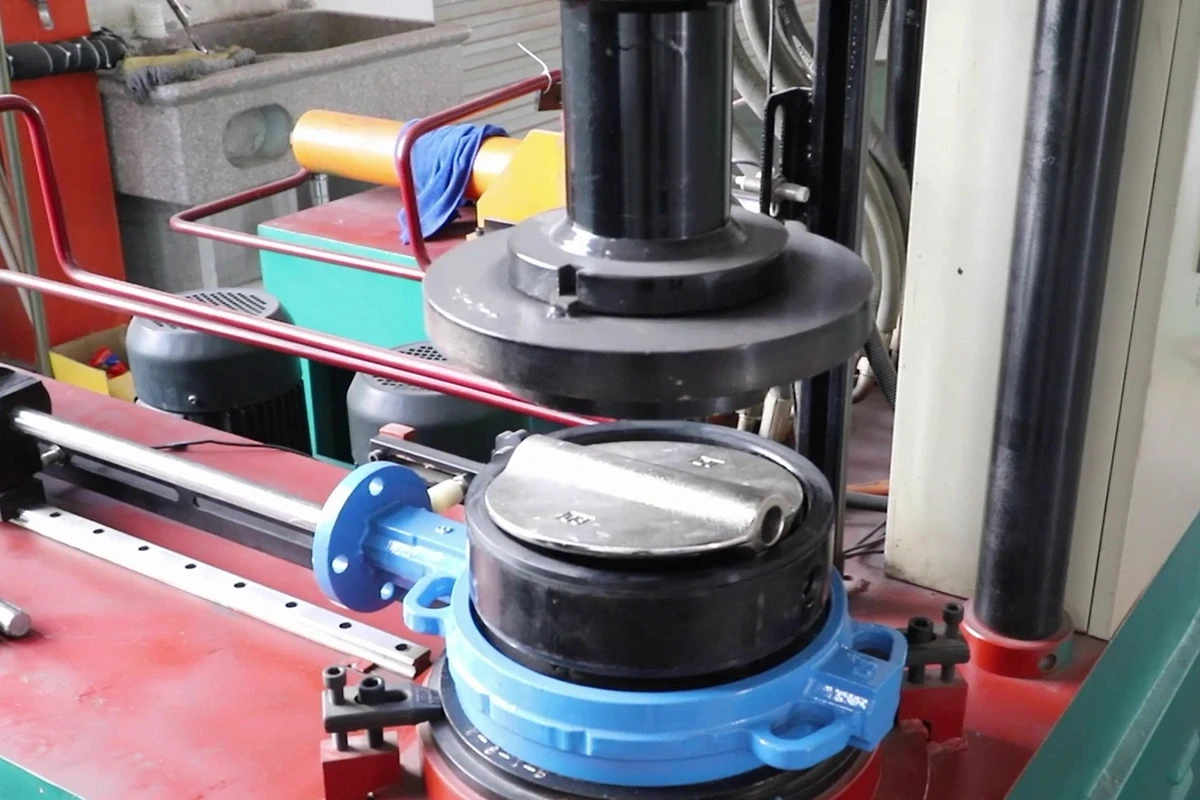
In the assembly phase, technicians connect all valve components manually. At this stage, technicians select the valves’ production numbers. The design is based on the regulations they follow, such as API or DIN.
Pressure Test
The valves must be subjected to pressure testing during the pressure test phase to detect leakage. In certain instances, the closed valve is filled with air at a pressure of 6-8 bar for a specified duration. The duration may vary from two hours to a day, contingent upon the valve’s size.
Valve repair occurs if a leak occurs after the specified time frame. In such a case, the valve will advance to the upcoming phase. In other instances, identify the leakage through the measurement of water pressure. As the volume of water increases, the valve have passed the test if it does not leak.
Thus, the valve can withstand high pressure. Should there be any leakage, the valve is returned to the warehouse. The technicians will verify any leaks before conducting another series of pressure tests.
Inspection and Quality Control
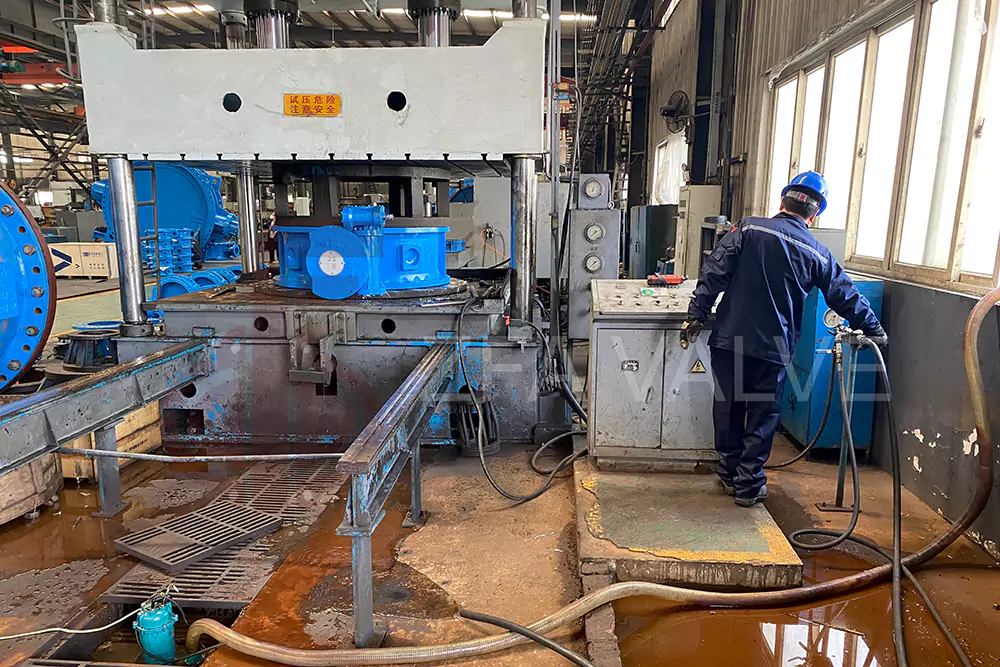
In industrial valve manufacturing, quality control is essential. It always ensures that the final product meets the necessary standards and specifications. Industrial valve manufacturers implement a variety of quality control measures, including:
- Raw material inspection
- Process inspection during machining and assembly stages
- Pressure testing to verify leakage and performance under pressure
- Final inspection and quality control before shipping.
These procedures ensure that the valves manufactured are of high quality.
Summary
Individuals inquire about what constitutes an exceptional-quality valve. Valves with a long service life are indicative of their high quality. The process of manufacturing industrial valves is intricate. Therefore, it is essential to choose a professional valve manufacturer. Professional manufacturers can provide high-quality products, experienced technical support, and after-sales service.
Founded in 2006, ZFA Valve is an industrial valve manufacturer in Tianjin, China. Our company has many years of experience in valve manufacturing. The main valve types we manufacture include:
They are widely used in petroleum, chemical, electric power and other industries. ZFA Valve adopts advanced production equipment and strict quality control system. We focus on technological innovation and customer needs, and improve product performance. If you have any valve needs or questions, please get in touch with us!

